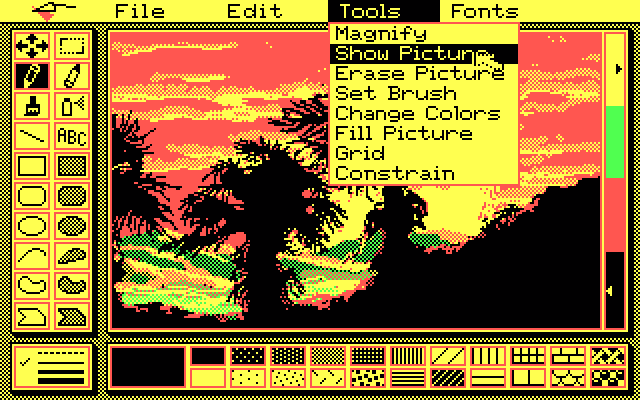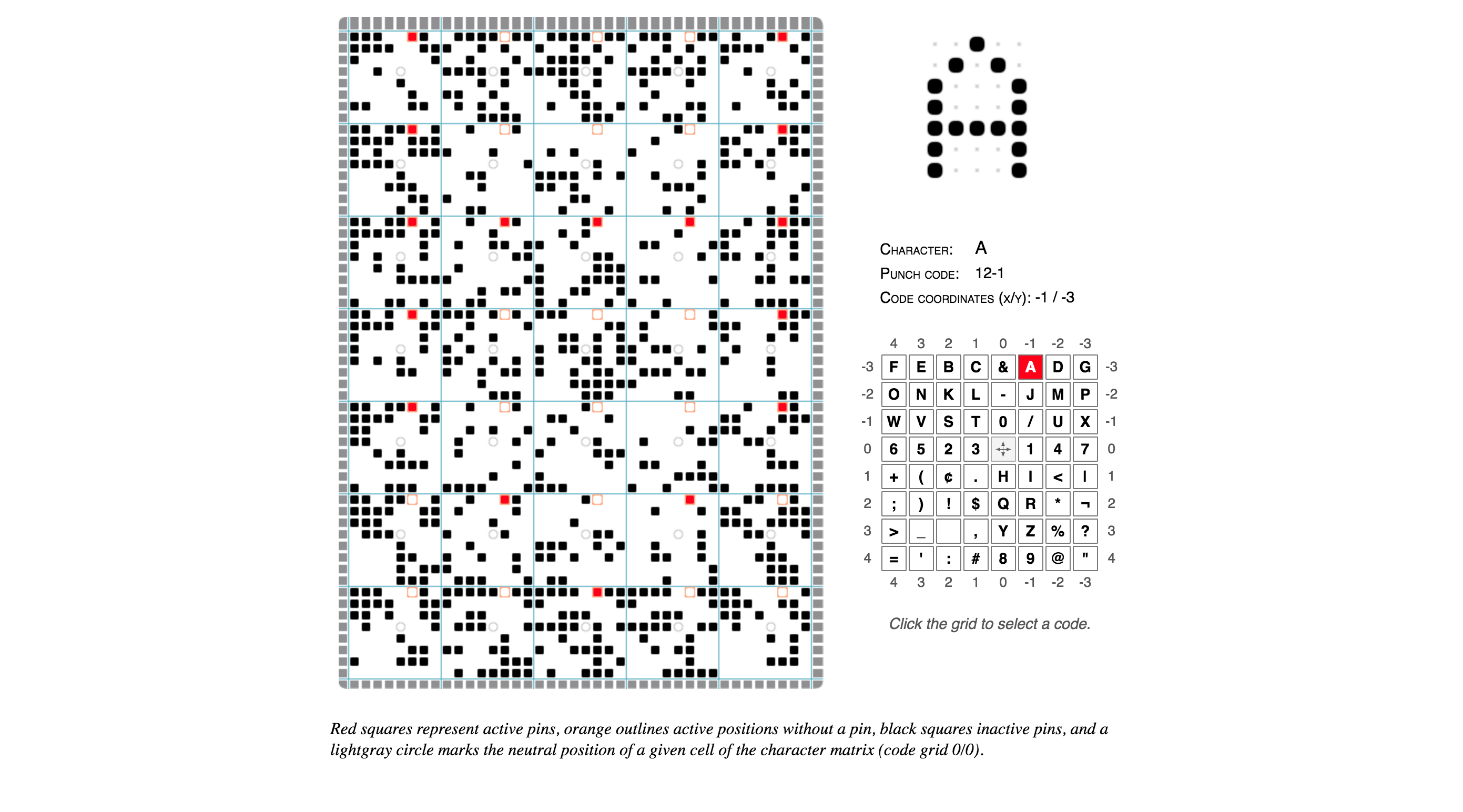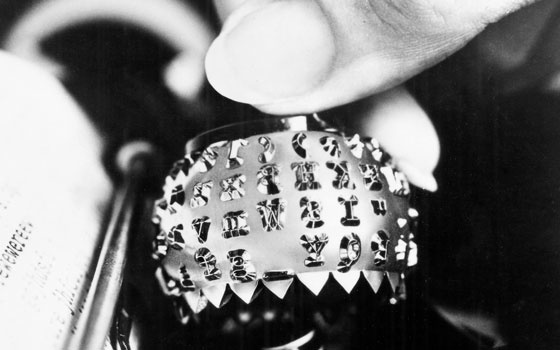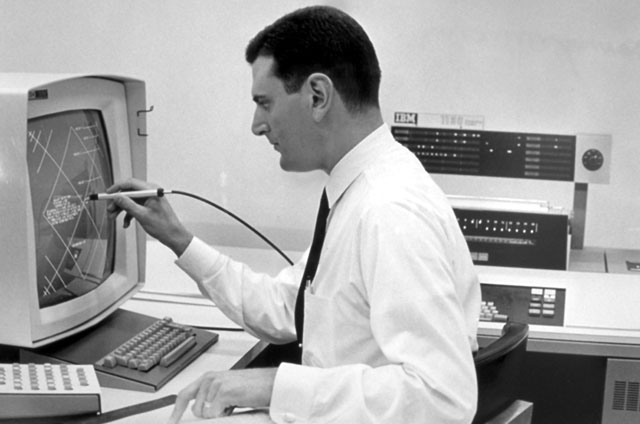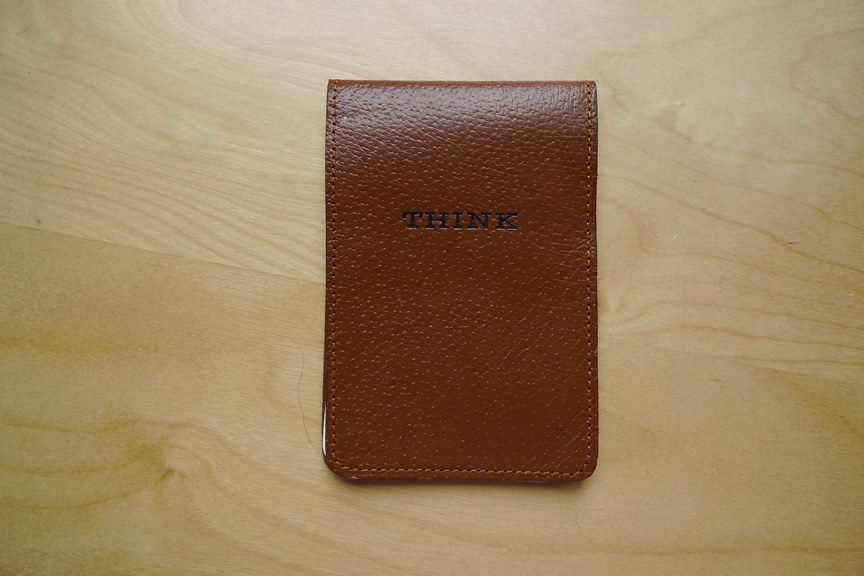It’s the 50th anniversary on Sunday of the IBM Selectric, the typewriter that revolutionized modern office equipment. Removing those antiquated mechanical keys attached to individual type bars, the Selectric introduced the crazy golf ball thing seen above, rapidly rotating the correct letter into place before striking the paper (unlike older typewriters, the paper stayed put and the ball + ink ribbon moved). Users could even swap out their golf ball for one of many with a different font set, a feature now taken for granted with our magical computers.
Retro-sexy enough to be featured in the 1960 world of Mad Men (the model they use is somewhat anachronistic), solid enough to be Hunter S. Thompson’s preferred machine (his was red), but with enough geek cred to be used as an electromechanical computer terminal interface (six-bit character encoding!).
My office’s supply room still stocks some of these balls, even though I can’t imagine there are many typewriters left. I’d better go stock up.
(Via El Reg)

